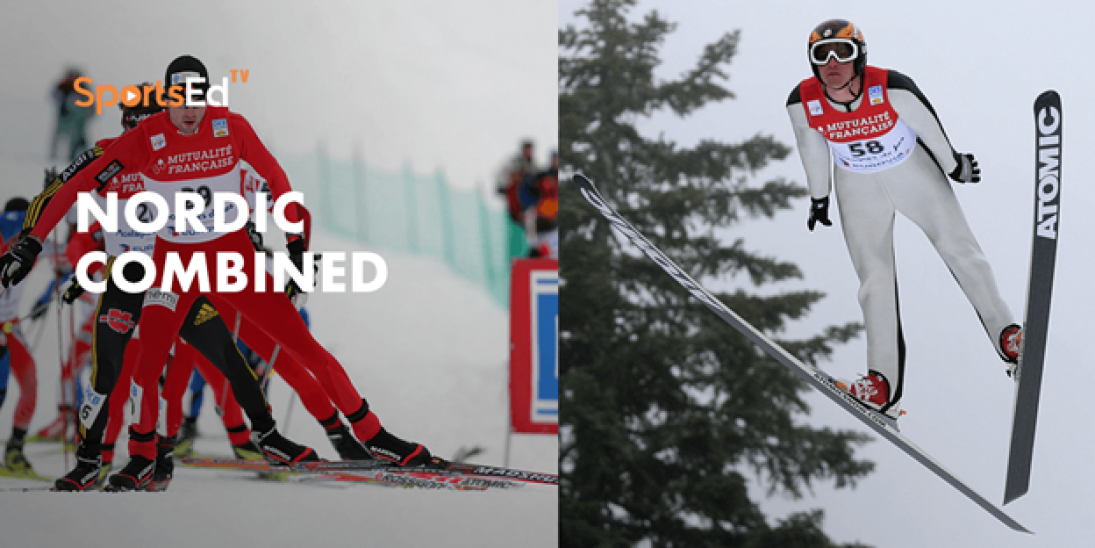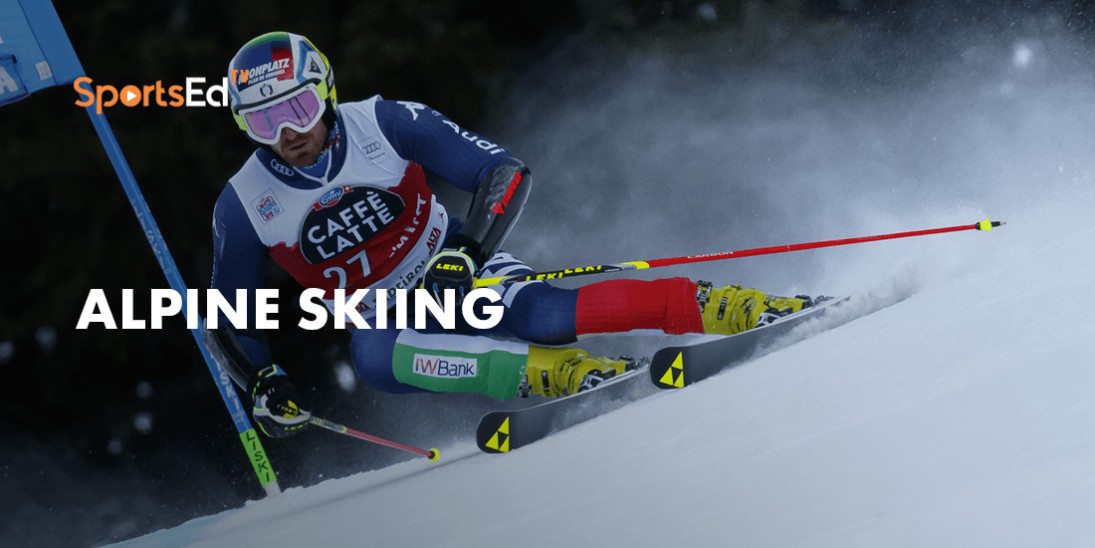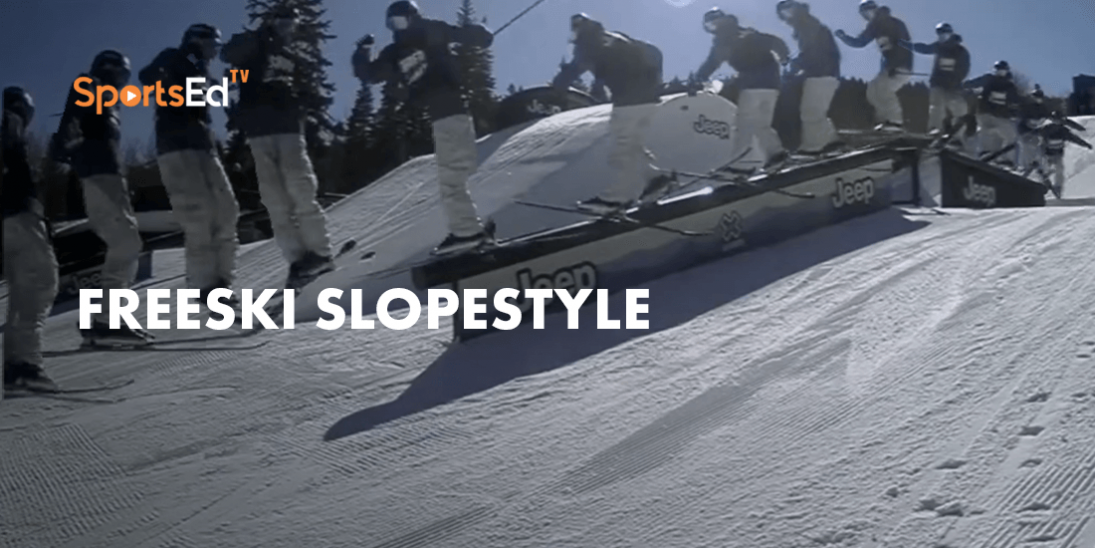Skiing
Welcome and thanks for visiting...

Basics of Freeski Halfpipe Competition
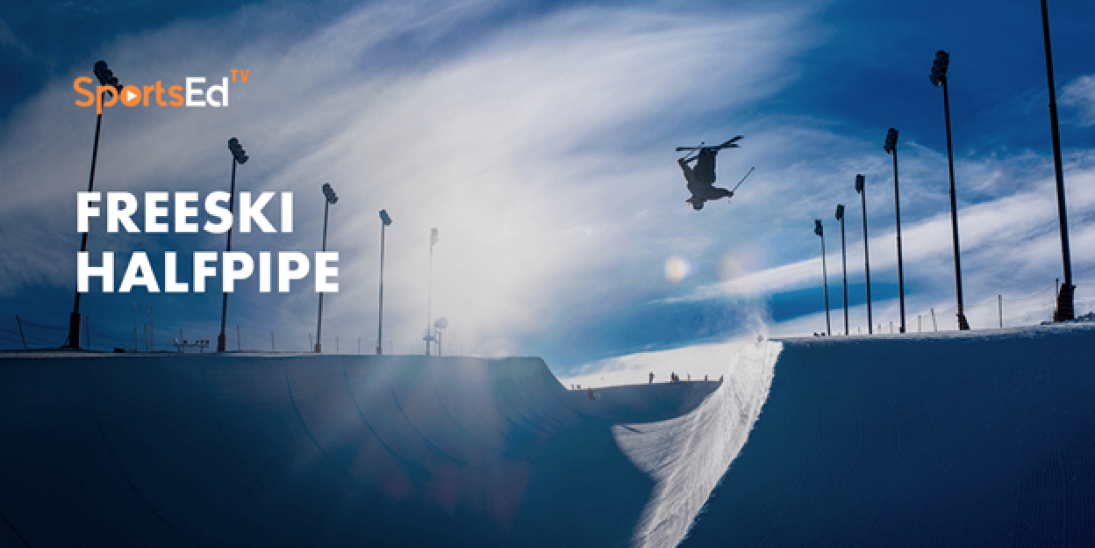
Freeski Halfpipe is a judged sport, where athletes perform difficult and creative combinations of tricks with control and styles on a snow pipe. There are individual events for both men and women at the Olympic Winter Games of 2022.
The halfpipe is 160 meters long, with an average width of around 18 to 20 meters. The concrete walls are up to six point five meters high. Athletes use both walls to propel themselves into the air and perform tricks as they make their way through the halfpipe, attempting to complete a run judged on difficulty, amplitude, variety, and execution.
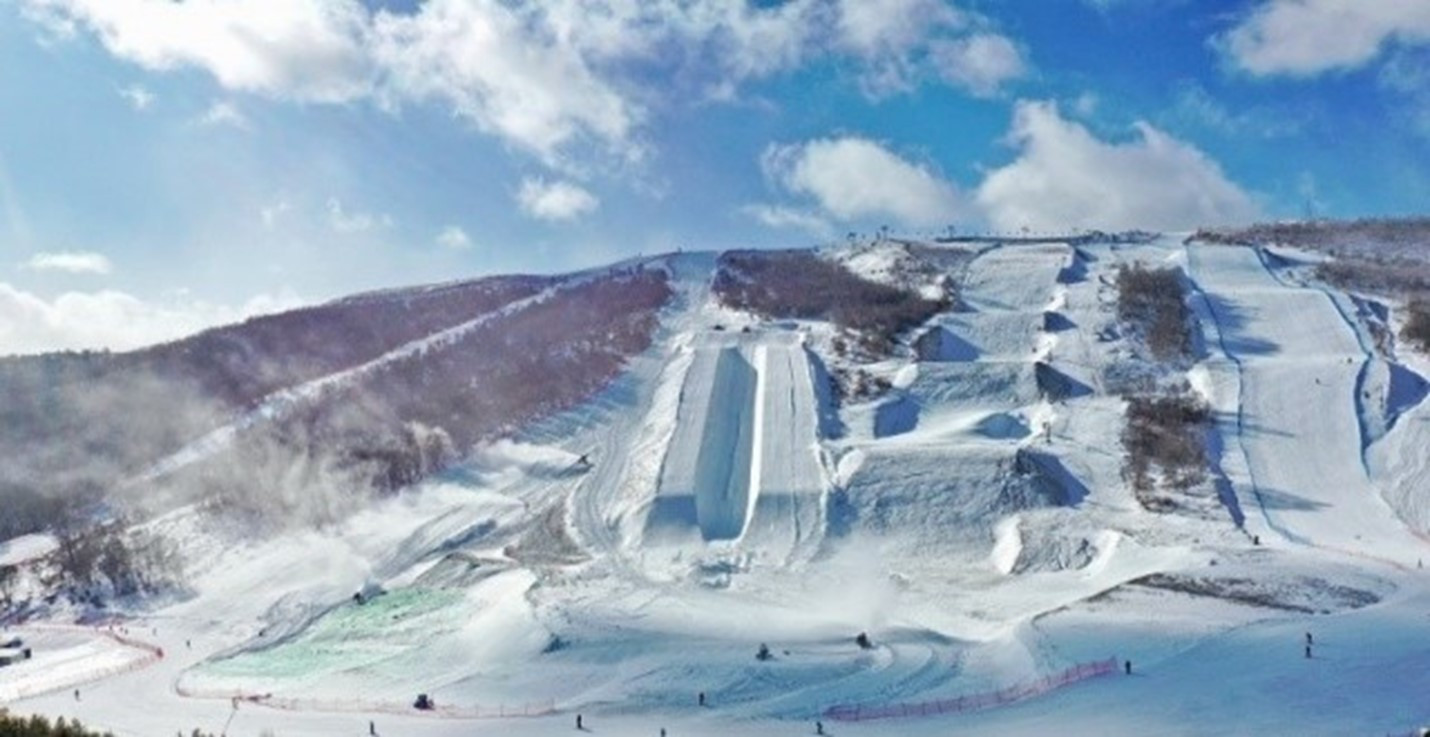
Beijing 2022 venue
There is no set requirement for the number of tricks performed during a run. An athlete is going higher and further on each hit, another name for a trick. Unlike slopestyle, the entirety of a half-pipe run is focused on getting air to perform tricks. If a trick is performed with equal proficiency when it comes to rotations, and landing and one of them is performed at a higher altitude, it will score higher.
It takes a lifetime of training for a half pipe athlete to develop the ability to achieve greater and greater amplitude, along with the ability to perform a repertoire of tricks. Certain tricks can generate more speed on landings, and top skiers can mix and match tricks depending on many variables that can come into play during a run.
There are four ways of spinning forward, left forward, right switch legs, and switch right to impress the judges. It's crucial to include spins to both the left and the right sides in a run. However, as progression is the ultimate pursuit, this sport is continually evolving. Freeski Halfpipe is considered the most technical of the trick-based free ski events.


